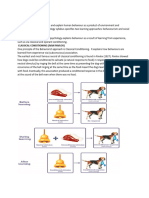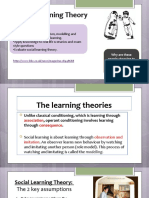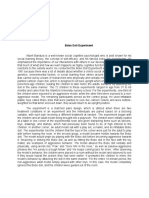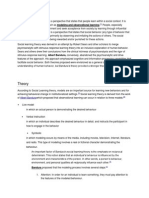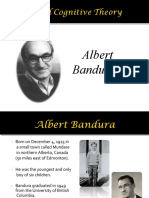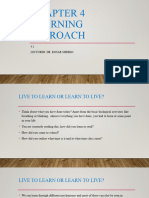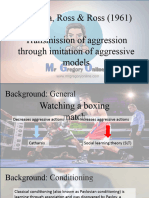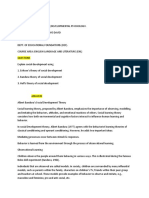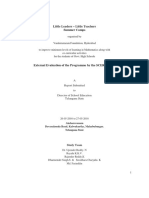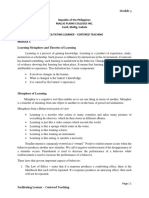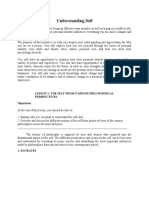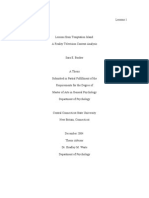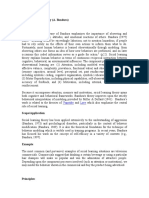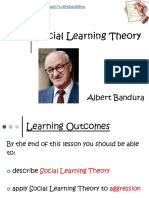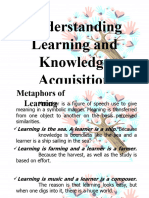0% found this document useful (0 votes)
35 views8 pagesAggression
The document outlines an experiment aimed at studying Social Learning Theory, specifically examining how exposure to aggressive video content influences cognitive associations with aggression. The results indicated that participants identified more aggressive words after viewing an aggressive video compared to a kind video, supporting the hypothesis and Bandura's findings. The study highlights the impact of media exposure on behavior and cognition, suggesting that observed aggression can lead to increased aggressive thoughts and emotional responses.
Uploaded by
chetna8641Copyright
© © All Rights Reserved
We take content rights seriously. If you suspect this is your content, claim it here.
Available Formats
Download as PDF, TXT or read online on Scribd
0% found this document useful (0 votes)
35 views8 pagesAggression
The document outlines an experiment aimed at studying Social Learning Theory, specifically examining how exposure to aggressive video content influences cognitive associations with aggression. The results indicated that participants identified more aggressive words after viewing an aggressive video compared to a kind video, supporting the hypothesis and Bandura's findings. The study highlights the impact of media exposure on behavior and cognition, suggesting that observed aggression can lead to increased aggressive thoughts and emotional responses.
Uploaded by
chetna8641Copyright
© © All Rights Reserved
We take content rights seriously. If you suspect this is your content, claim it here.
Available Formats
Download as PDF, TXT or read online on Scribd
/ 8



